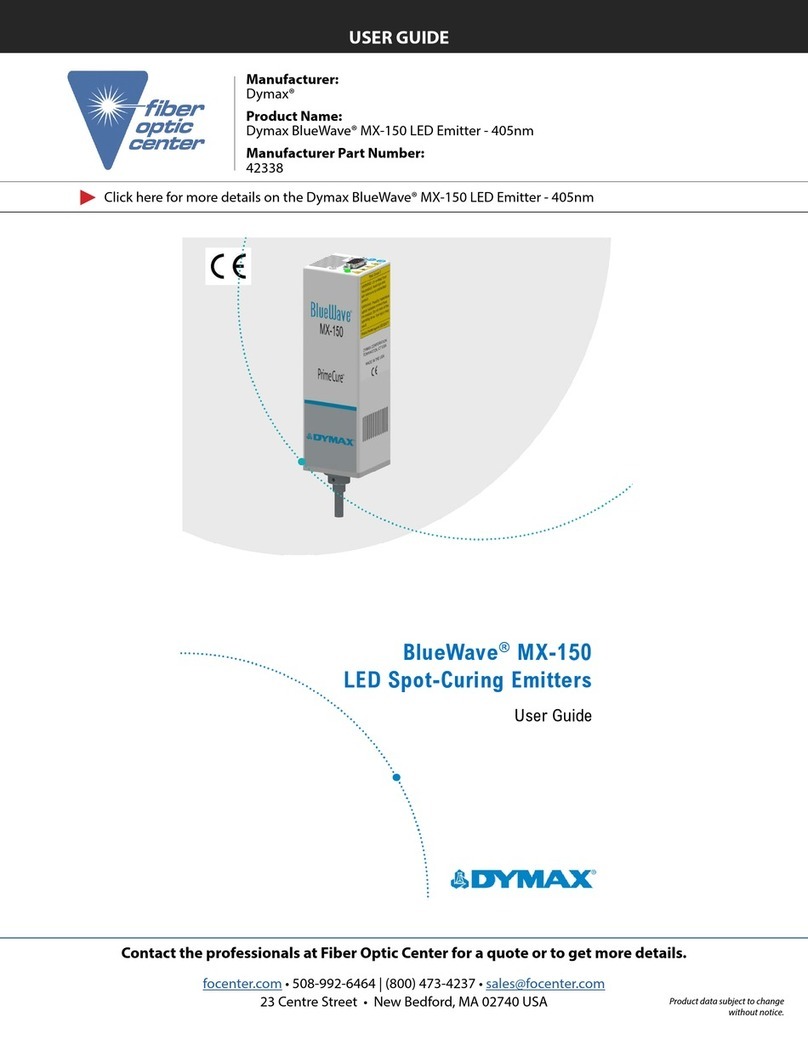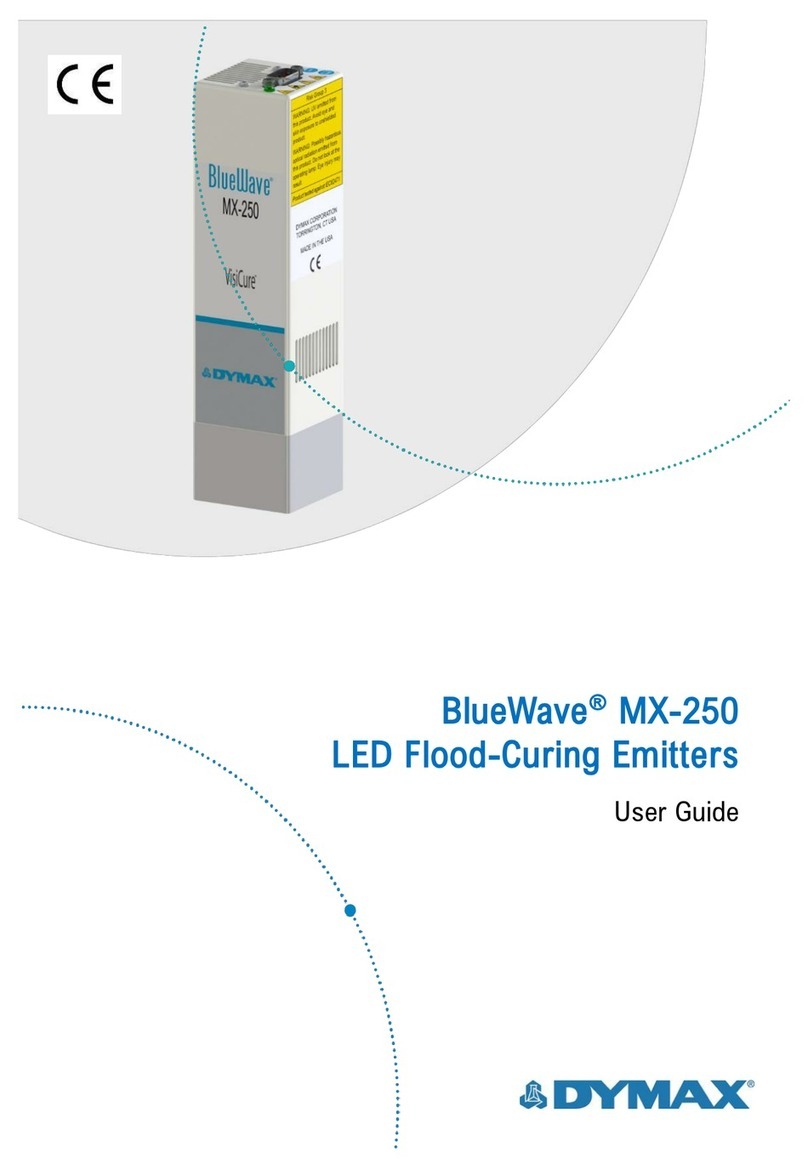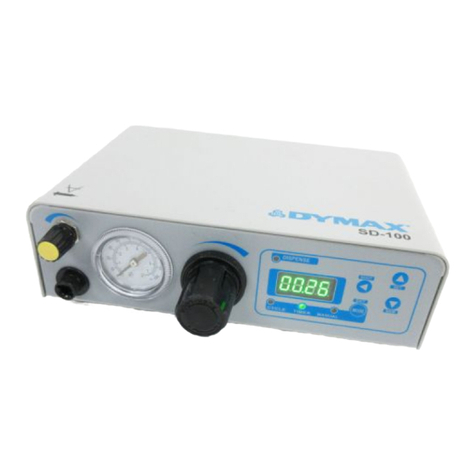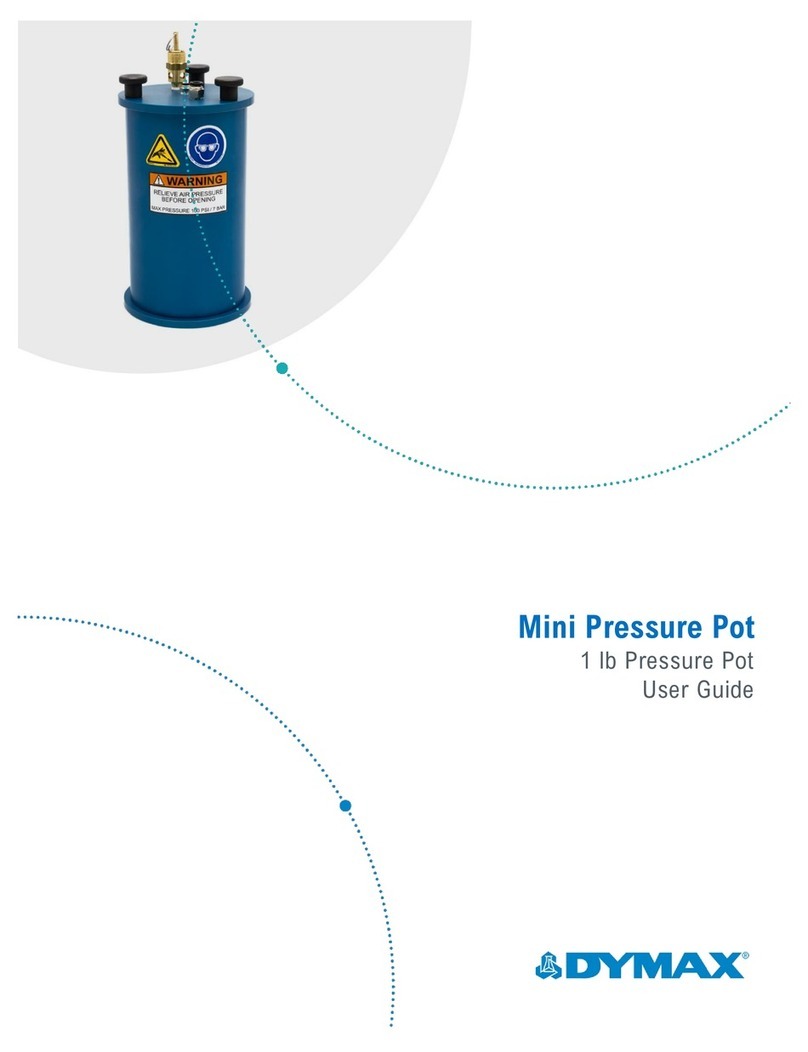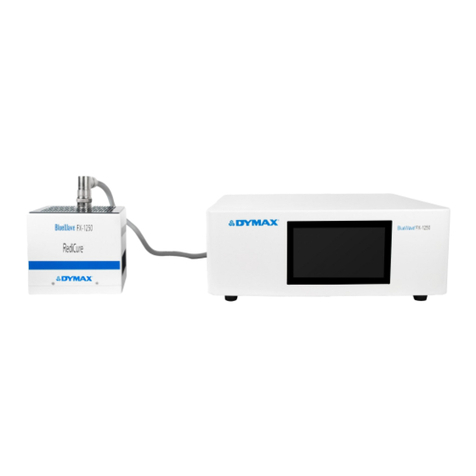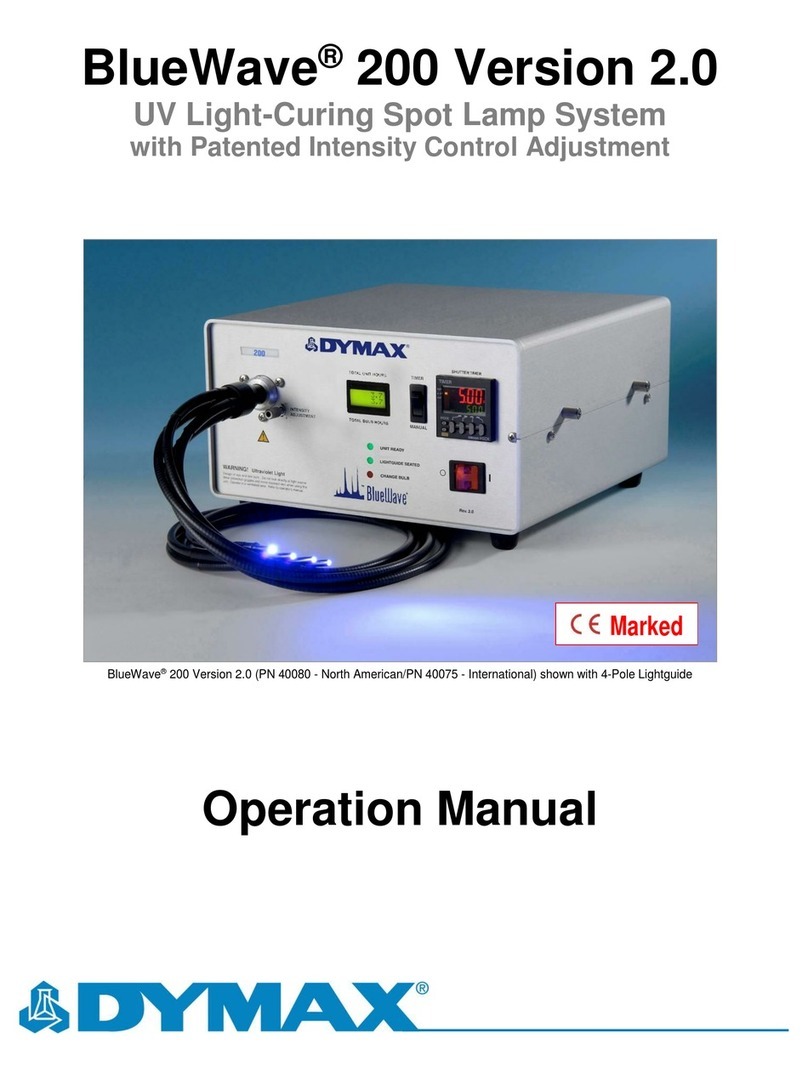Contents
Introduction....................................................................................................................................................4
Introduction to the User Guide ....................................................................................................................................... 4
Where to Get Help .......................................................................................................................................................... 4
Safety..............................................................................................................................................................4
General Safety Considerations ........................................................................................................................................ 4
Specific Safety Considerations......................................................................................................................................... 4
Personal Protective Equipment....................................................................................................................................... 5
Product Overview ...........................................................................................................................................5
Description of the Model 1001 Syringe Filling System .................................................................................................... 5
Special Features and Benefits of the Model 1001........................................................................................................... 5
Description of Main Components.................................................................................................................................... 6
Assembly and Setup........................................................................................................................................7
Unpacking and Inspecting Your Shipment....................................................................................................................... 8
Parts Included in the Model 1001 Syringe Filling System ................................................................................................ 8
Utilities Required............................................................................................................................................................. 8
Preparing the System for Use..........................................................................................................................9
Installing the Reservoir Support ...................................................................................................................................... 9
Installing the Material Reservoir ..................................................................................................................................... 9
Connecting the Material Reservoir Pressure Supply Tube ............................................................................................ 10
Operation ..................................................................................................................................................... 10
Preparing the Cartridge................................................................................................................................................. 11
Loading the System ....................................................................................................................................................... 12
Pressurizing the System................................................................................................................................................. 14
Depressurizing the System ............................................................................................................................................ 15
Adjusting the Syringe Rest............................................................................................................................................. 15
Setting the Fill Amount for the Syringe Size .................................................................................................................. 15
Priming the System........................................................................................................................................................ 16
Preparing the Syringes................................................................................................................................................... 16
Filling the Syringe .......................................................................................................................................................... 17
Model 830 Valve Adjustments ...................................................................................................................................... 17
Cleaning and Maintenance ........................................................................................................................... 18
System Cleaning ............................................................................................................................................................ 18
Spare Parts and Accessories.......................................................................................................................... 18
Replacement Parts/Accessories ........................................................................................Error! Bookmark not defined.
Specifications................................................................................................................................................19
System Specifications .................................................................................................................................................... 19
Index....................................................................................................................Error! Bookmark not defined.

